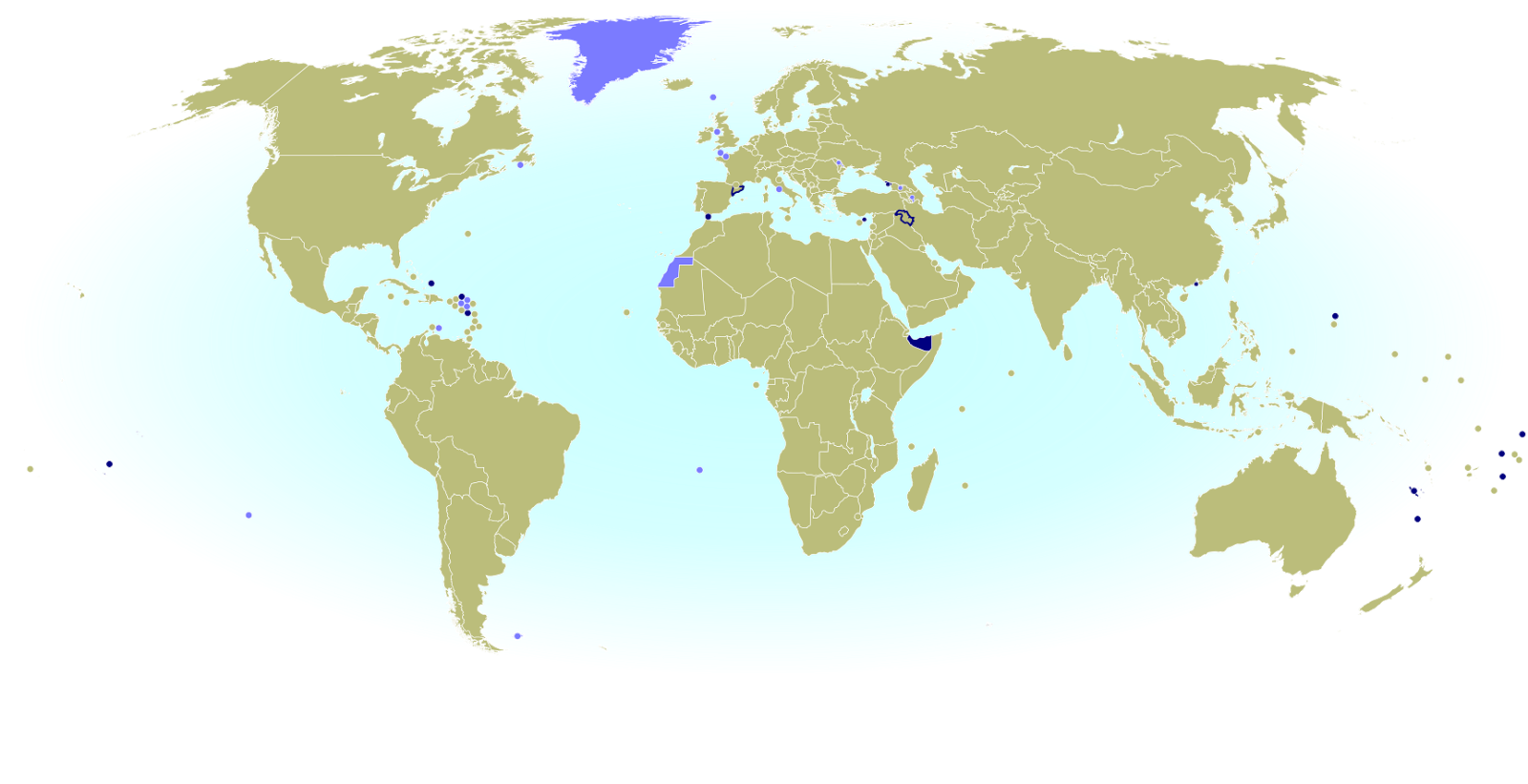

What States Are Not Represented In The Olympics 2024?
The excitement surrounding the Olympics is a universal sentiment, but not every state in the United States is represented in this grand spectacle. As we look toward the upcoming Olympics in 2024, it's important to understand which states are left out of the competition and why. This article will delve into the details, providing a comprehensive overview of the states that will not send athletes to the Paris Olympics and the implications of this absence.
In the realm of international sports, the Olympics stand out as a pinnacle of athletic achievement. Each country sends its best athletes to compete in various disciplines, vying for medals and glory. However, within the United States, certain states do not have representation in these prestigious games. This article aims to shed light on the specific states lacking representation, the reasons behind this phenomenon, and the broader implications for American sports.
Understanding which states are not represented in the Olympics can provide insights into the athletic landscape of the U.S. It raises questions about access to resources, training facilities, and opportunities for athletes in different regions. In this article, we will explore the factors influencing Olympic participation and what it means for the future of sports in the United States.
Table of Contents
- Introduction
- States Not Represented in the Olympics 2024
- Reasons for Lack of Representation
- Impact on Athletes
- Historical Context of Olympic Representation
- Future Implications for U.S. Sports
- Conclusion
- Sources
States Not Represented in the Olympics 2024
As we approach the Olympics 2024 in Paris, several states will not have any athletes representing them. The states that have historically had less presence in the Olympics often include:
- Wyoming
- Montana
- North Dakota
- South Dakota
- Vermont
These states typically have fewer athletes that qualify for the Olympics compared to more populous states like California, Texas, and New York. The smaller population means less opportunity for athletes to emerge at the national level.
Reasons for Lack of Representation
1. Population Size
One of the most significant factors contributing to the lack of representation from certain states is their population size. States with smaller populations naturally have fewer athletes. For instance, Wyoming has a population of around 580,000, which is significantly smaller than states like California, which boasts nearly 40 million residents.
2. Access to Training Facilities
Access to training facilities and resources is crucial for athletes aiming for Olympic qualification. States that lack high-quality sports facilities or funding for athletic programs often see fewer athletes progressing to elite levels. For example, in North Dakota, there are fewer resources for training in sports like gymnastics or swimming, which can limit participation in those events.
3. Socioeconomic Factors
Socioeconomic conditions can also play a role in Olympic representation. States with higher poverty rates may struggle to support youth sports programs, which can impact the development of future athletes. This can be seen in states like South Dakota, where economic challenges can hinder participation in competitive sports.
Impact on Athletes
The absence of representation can have various impacts on athletes from these states:
- Limited Opportunities: Athletes may find it challenging to compete at higher levels due to a lack of local competitions or funding.
- Reduced Visibility: With fewer athletes reaching Olympic levels, talented individuals may not receive the recognition they deserve.
- Impact on Youth Sports: A lack of role models can discourage young athletes from pursuing sports seriously.
Historical Context of Olympic Representation
Historically, the Olympic Games have reflected the demographic and geographic diversity of the participating countries. However, within the United States, there has always been a disparity in representation based on state populations and resources. Many states have produced notable Olympians, but these athletes are often from states with robust sports programs and larger populations.
Future Implications for U.S. Sports
Understanding the states that lack representation in the Olympics can help inform future initiatives aimed at improving access to sports programs across the country. This might include:
- Investment in Sports Programs: Increased funding for youth and community sports programs in underrepresented states.
- Building Facilities: Developing training facilities to attract and nurture talent.
- Encouraging Participation: Programs aimed at encouraging participation in Olympic sports among youth.
Conclusion
In summary, understanding which states are not represented in the Olympics 2024 provides insight into the broader landscape of American sports. Factors such as population size, access to training facilities, and socioeconomic conditions all play a role in determining Olympic representation. It is crucial for stakeholders to recognize these disparities and work towards creating equal opportunities for all athletes across the nation.
We invite readers to share their thoughts in the comments section below. What do you think can be done to increase representation from underrepresented states? Don’t forget to share this article with fellow sports enthusiasts and explore more content on our site!
Sources
1. U.S. Census Bureau - Population Estimates
2. National Olympic Committee - Athlete Participation Data
3. Sports Facility Advisory - Analysis of Sports Facilities in the U.S.
4. Pew Research Center - Economic Impact on Youth Sports
Candy Love Videos: The Sweetest Trend In Online Entertainment
Trevor Sova's Girlfriend: Everything You Need To Know
Understanding The Age Gap Between Padmé Amidala And Anakin Skywalker


